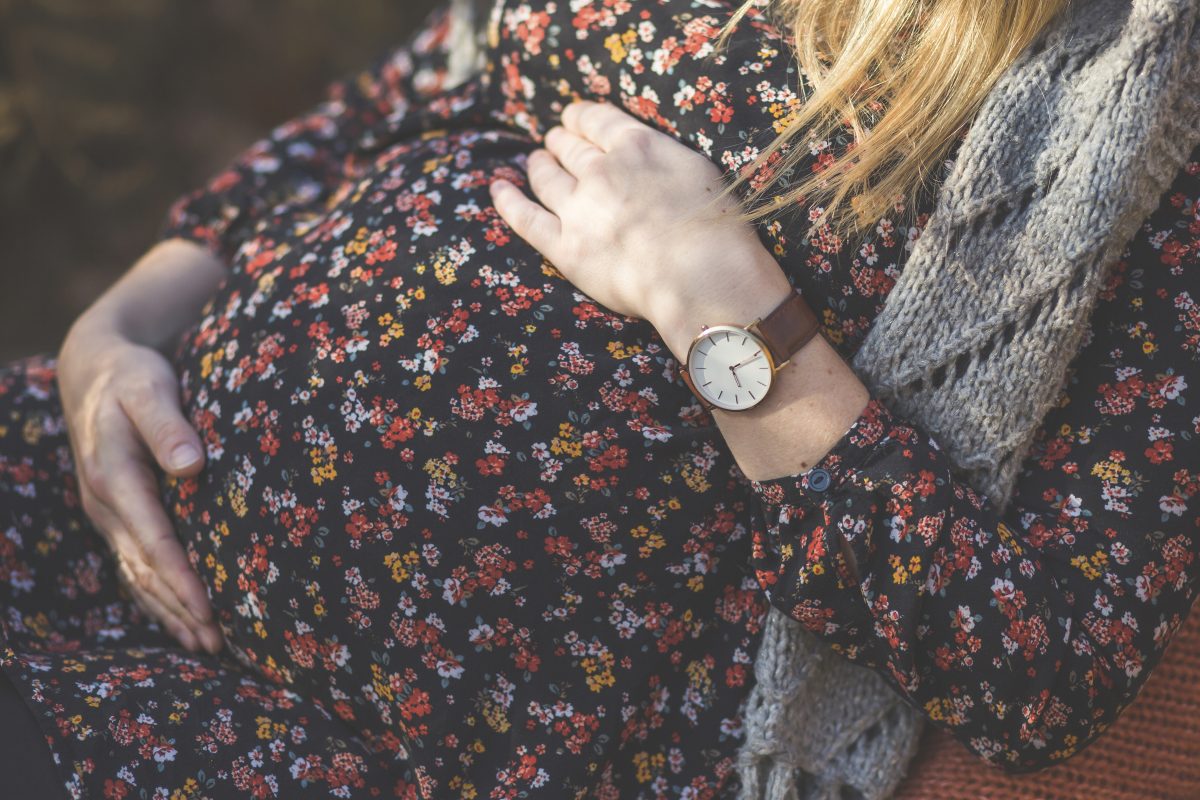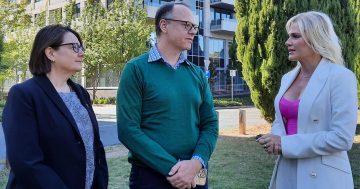
Is someone you know starting fertility treatment? Unless you’re a doctor, hold the advice. Photo: Envato/westend61.
No longer newlyweds, husband and I are about to embark on a new, expensive and anxiety-provoking journey together.
We’re expecting hormonal roller coasters, food cravings, sleepless nights and prolonged bouts of crying.
We’re about to start IVF and, before we do, I’d like to say a few things to the world at large.
Firstly, if a woman in your life isn’t drinking, you don’t need to comment on it.
Sure, maybe they’re pregnant – maybe they spent the past couple of years riding the emotional roller coaster of loss and infertility. Do you want to have that conversation at the work Christmas party?
Secondly, the need to use technology to help have a child isn’t because the couple has left it too late, live unhealthy lifestyles, or any of the other blame-riddled reasons people often assume are behind infertility.
Take a minute to think about the many, many variables that have to line up for an embryo to be successfully created, implanted and grown into a healthy baby.
For us, a couple of those many variables are sub-optimal. Always have been, always will be.
That’s not to say we could never have kids naturally, but the dice we’re rolling are loaded against us.
Our situation is the same as most couples who seek out IVF; “sub-optimal fertility”.
Even if our challenges were the result of ‘lifestyle choices’ – which they are not – I don’t see why this subsequent, deeply personal ‘lifestyle choice’ should be up for public scrutiny any more than the decision to get botox or private health insurance.
We’ve considered other options; we’ve spoken about adoption.
It might surprise you to learn, however, that there aren’t hordes of mythical children out there, waiting to be whisked away to a loving home.
In Australia last year there were 207 adoptions approved.
The vast majority were Australian kids adopted to extended family, family friends, step-parents or long-term foster carers.
You might have heard about some of the terrible ways children were taken from loving families in Australia in the past.
In a commendable (and not always successful) effort to stop that happening, removing a child from their family permanently is now a much rarer practice in Australia.
Foster care comes first, and sibling groups are kept together, meaning an instant family for anyone who fosters to adopt.
Overseas adoptions have also become much more difficult.
Twenty years ago 434 intercountry adoptions were approved in Australia – last year it was 34.
Potential adopters are screened by both governments to make sure their home and personal histories are safe and appropriate for a child.
If you are successful, you’re responsible for maintaining regular contact with the child’s birth family overseas.
This means families overseas are less likely to be exploited for their children, and more likely to receive the support they need.
It means children who are adopted will likely go into loving, well-resourced homes and have the best chance at maintaining a connection with their birth family and their adoptive family.
It also means adoption in Australia is a years-long process that can cost tens of thousands of dollars, with every likelihood you will not have a child at the end of it.
You are likely to have a child, or children, placed with you for months or even years, only to give them back. Over and over again.
Foster care is a wonderful gift to give some of the most vulnerable people in our community. It’s not a solution for infertility.
We might well spend just as much money, endure just as much emotional turmoil, and have just as little success taking the IVF route.
But the clock doesn’t tick on adoption and foster care with the same level of urgency it does with IVF. If we try IVF for five years, adoption is still a pathway that’s open to us.
If we try the other way around, that might not be the case.
So, if someone you know is starting fertility treatment, maybe keep a lid on the “have you thought about” variety of comments – I guarantee you they have.
Instead stick with a simple “good luck”.





















